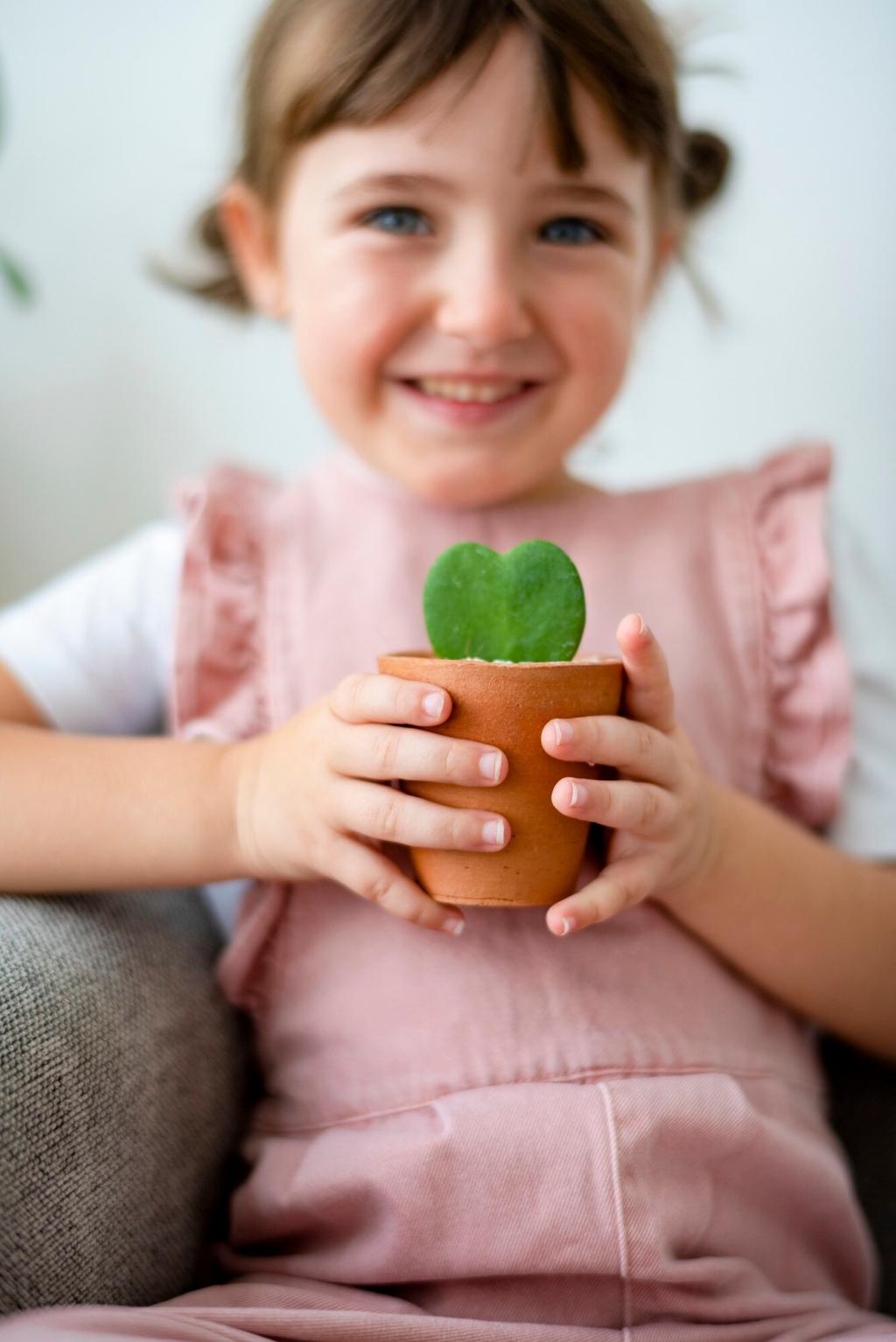
Fresh, Safe Shine: Non-Toxic Dusting Sprays for Home Use
Chosen theme: Non-Toxic Dusting Sprays for Home Use. Welcome to a brighter, cleaner home where air stays fresh, surfaces gleam safely, and your cleaning routine feels calm, simple, and purposeful. Follow along, share your wins, and subscribe for weekly, practical inspiration.
Cleaner air for real families
When my neighbor switched to a non-toxic dusting spray, her son’s afternoon wheezing faded within a week. Reducing harsh aerosols and heavy fragrances can lower indoor irritants, letting sensitive lungs relax while your shelves still sparkle daily.
Dust is more than fluff
Household dust can carry skin cells, pollen, and microscopic chemical residues from older furniture. Non-toxic dusting sprays lift particles without adding extra fumes, keeping your home’s air friendlier for long afternoons, late-night reading, and playful, curious pets.
Key Ingredients That Actually Work
Distilled water and mild surfactants
Distilled water minimizes mineral spots, while a tiny touch of castile soap or decyl glucoside loosens dust’s oily grip. The secret is restraint: just enough surfactant to lift particles, not enough to leave residue or dull beloved surfaces.
Witch hazel or neutral alcohol alternatives
A small splash of witch hazel or ethanol helps your spray flash-dry without overpowering scents. They speed evaporation and reduce streaking. Stick to gentle amounts, avoid harsh additives, and always spray the cloth, not electronics or open wood grain.
Thoughtful scent, or none at all
If you love fragrance, keep essential oils minimal, patch-test carefully, and skip them around sensitive pets. Citrus can brighten, but sometimes bare-clean smells best. What scent suits your home’s mood? Tell us your favorite blend or why you go unscented.



Tools and Techniques for a Dust-Free Finish
Quality microfiber grabs dust electrostatically, needing less product and pressure. On my brother’s old piano, tiny overlapping passes stopped swirl marks. Keep separate cloths for wood, glass, and electronics, and launder without fabric softener to preserve that grippy, dust-loving texture.
Tools and Techniques for a Dust-Free Finish
Direct mist into your cloth to avoid inhaling droplets and spotting nearby items. This targeted approach means less product, fewer streaks, and more control around frames, plants, and lamps. Share your favorite technique and tell us where you struggle most.

Safety, Testing, and Storage
Date every bottle, especially gentle formulas without preservatives. Make modest amounts and store in a cool, dark cabinet. Amber glass helps protect scented versions. Fresh batches reduce separation, keep scents subtle, and maintain consistent performance across changing temperatures and seasons.

Vinegar is helpful sometimes, but it can etch stone and dull waxed finishes. For general dusting, mild surfactants and distilled water are safer. Keep acids for the right jobs, and your heirloom pieces will age with grace instead of clouding.


